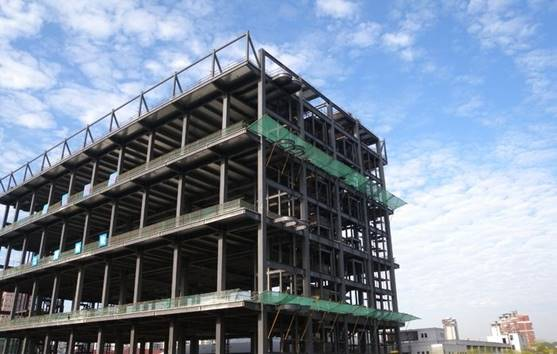1. The concept of PC structure
PC structure, is the structure of components prefabricated on-site assembly. PC component is a kind of finished concrete component made in factory. Precast concrete are prefabricated concrete made in a factory or on-site. The prefabricated concrete structure is a concrete structure assembled by prefabricated concrete components through reliable connection. pure PC structure .
The assembled monolithic concrete structure is a prefabricated concrete structure that is connected by prefabricated concrete components in a reliable manner, and is integrated with on-site post-cast concrete and cement-based grouting materials. That is, the structure where PC and cast-in-place coexist.The main types of PC components are: exterior wall panels, interior wall panels, laminated panels, balconies, air-conditioning panels, stairs, prefabricated beams, and prefabricated columns.
The prefabrication rate refers to the volume ratio of the material consumption of the prefabricated components in the main structure above the outdoor floor of the prefabricated concrete building and the envelope structure to the total consumption of the corresponding component materials. The prefabrication rate is the prefabrication index of a single building. For example, the prefabrication rate of a house is 15%, which refers to the ratio of the prefabricated component volume of 150 cubic meters to the total concrete volume of 1000 cubic meters.
The assembly rate refers to the ratio of the number (or area) of prefabricated components and building parts to the total number (or area) of similar components or parts in a prefabricated building. The assembly rate generally refers to the proportion of prefabricated buildings in engineering projects. For example, there are 10 buildings in a project, 5 buildings are PC structures, that is, the assembly rate is 50%.

2.The prefabricated component company introduces the history of PC structure
As early as the 1950s, my country introduced prefabricated concrete building technology from the former Soviet Union, and vigorously developed various buildings based on P. By the 1980s, a complete PC technology system was basically formed. The products involve industrial and civil buildings, municipal facilities, large-scale infrastructure, etc.
Later, there was a differentiation. In the field of construction, PC applications gradually shrank, withdrew, or even disappeared, and turned to the cast-in-place model in an all-round way. In the field of municipal engineering, prefabrication technology has always been dominant, and highways, bridges, ports, urban viaducts, underground pipelines, subway shield segments and prefabricated comprehensive pipe corridors are all PC-based. In the field of railway construction, the application of PC has reached the extreme.
The reason is that building products are dominated by the diverse needs of consumers, diversified and personalized design concepts are not conducive to product standardization, and components with complex and interlaced shapes are difficult to factory prefabricate. Even complex overpasses in municipal engineering with a high PC rate can only be cast-in-place, so they cannot be generalized. At the same time, with the development of commercial concrete, large formwork and other technologies, the difficulty and cost of cast-in-place construction on the site have been reduced; at that time, some defects of PC buildings (such as earthquake resistance, waterproof, poor sound insulation, etc.) had not been continuously improved, and PC buildings were different from traditional modern buildings. Compared with poured buildings, the cost is higher, the quality is lower, or even both.
Prefabricated has limitations, not all parts and components of all buildings can be PCized, such as foundation and basement bottom reinforcement parts, etc. cannot use PC
Post time: May-15-2023
